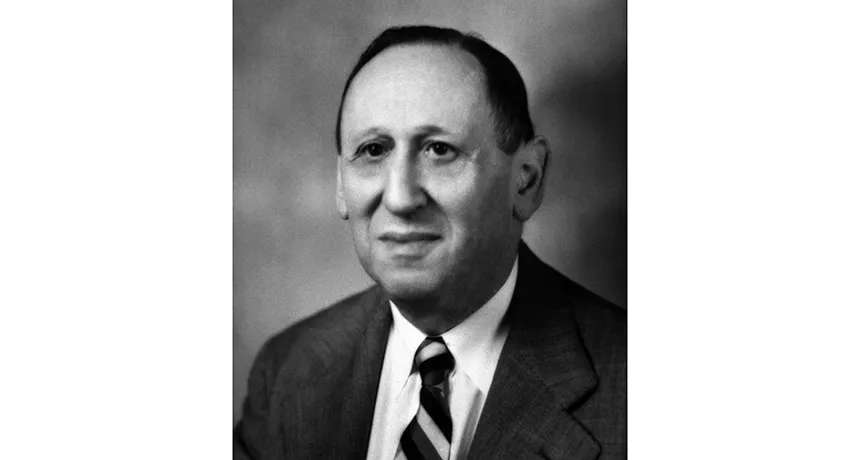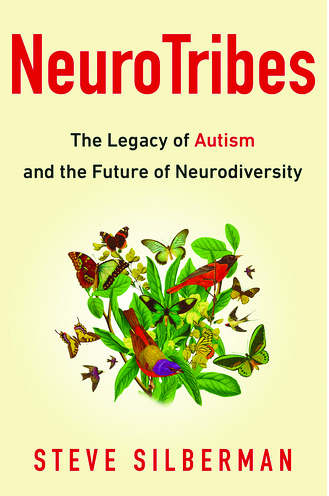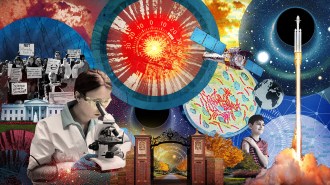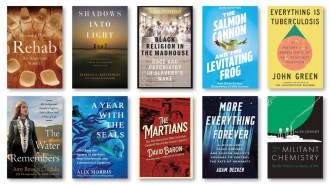Autism’s journey from shadows to light
From ‘refrigerator mothers’ to ‘autreats,’ new book charts autism’s hopeful cultural trajectory

Johns Hopkins doctor Leo Kanner published an influential paper in 1943 describing autistic children. This and a host of other moments from autism's past receive an accounting in NeuroTribes, a look at the progression of thought surrounding the condition.
Johns Hopkins University








